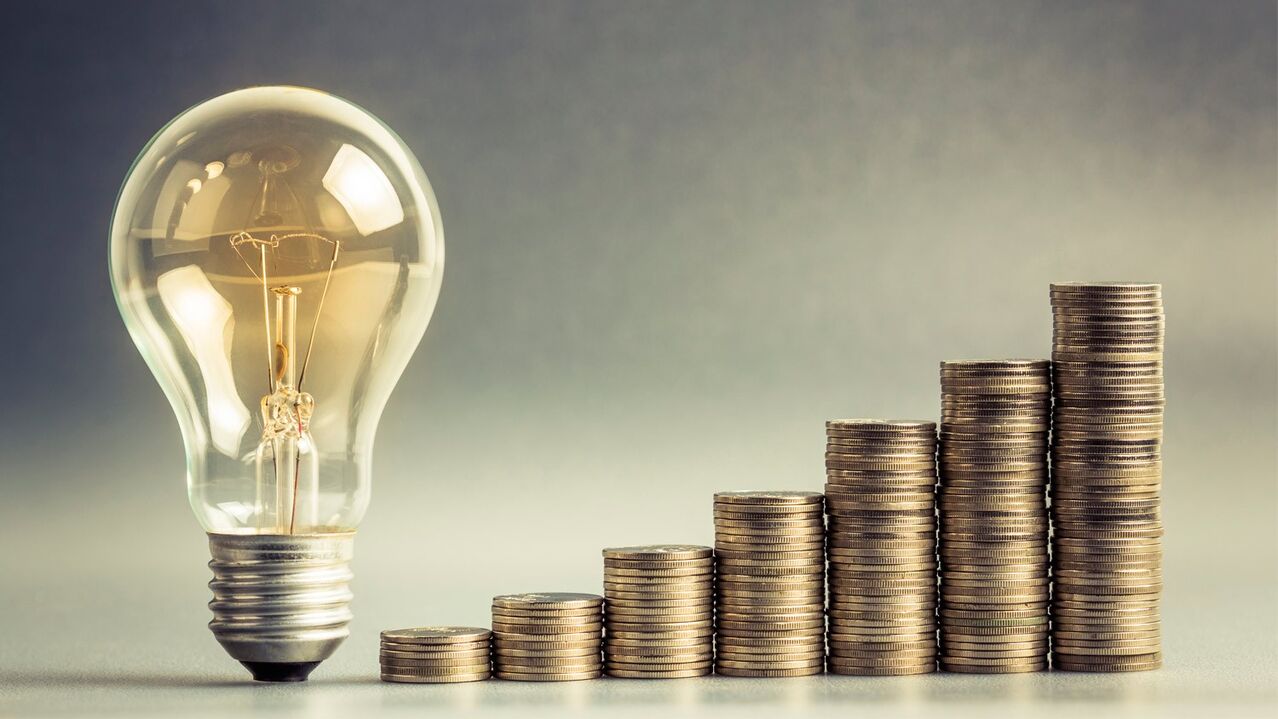Electricity is a source used in all areas of civilization. The price of kilowatt-hours is constantly rising and the need to reduce consumption is becoming more acute. Energy saving involves the rational consumption of electricity, covers a number of solutions: scientific, organizational, legal, economic and technical.

Saving electricity is not only a financial issue, but also an important environmental issue. The world's energy resources are gradually depleted, and nature suffers from the production process: the environment is polluted by emissions of fuel combustion products. Therefore, energy saving is a measure that minimizes the negative impact on the environment and can save money.
Where kilowatts flow and how to reduce consumption
Almost no one thinks that the charger left on the network will continue to operate in idle mode. Available for all power supplies, pulses and transformers. Consumption depends on the power of the device. The amount of electricity consumed in a year can be surprising.
In addition, modern home appliances are equipped with displays, indicators, for example, a clock in a microwave oven or a flashing LED in a stereo system. They also consume energy. The solution is to disconnect the memory and periodic appliances from the network.
The most "hungry" electrical appliances
Top 10 home appliances that use the most energy in every home:
- Refrigerator. Consumes about 40-60 kW per month. To reduce these figures, the doors need to be opened less.
- Washing machine. Consumption 40-50 kW, the exact figure depends on the frequency of washing, the modes used.
- Computer. 35-40 kW. Most users only turn it off at night.
- Electric kettle. In 1 hour, it consumes a record amount of energy, 28-30 kW per month.
- Dry your hair. 25 kW for daily use.
- Dishwasher. 22-25 kW, depending on the power of the device, the number of working hours.
- Microwave. If used 3 times a day, it consumes 16-20 kW per month, plus 2-3 hours a week to melt food.
- TV. 13 kW during working hours - up to 5 hours a day. Standby mode increases this number instead of turning it off.
- Vacuum cleaner and coffee maker. They consume the same amount of electricity - 10-12 kW, provided that the number of active hours does not exceed 2 per week.
- Iron. With average use - 7-8 kW.
Each time you receive a light bill, you should first choose the appliances that suit your needs so as not to get upset. It is impossible to buy a professional high-powered vacuum cleaner for a small apartment, as well as a 10 kg washing machine for a family of two.
Each device has an energy saving class, you should take the time to learn the features before buying.
Does standby mode help save on equipment?
Manufacturers claim that the consumption of household appliances in the winter mode is minimized. This statement is partly true: consumption is significantly reduced. However, there are concrete figures that cast doubt on the actual conclusions.
It has been empirically confirmed that a TV with a diagonal of 50 cm consumes 9 kW per month in sleep mode, a stereo system - 7-8 kW, a video player - 4-5 kW. If we add to this list a computer, a microwave oven with a screen constantly open, forgotten chargers in the socket and other household appliances, then the total consumption reaches 370-420 kW per year.
This proves that it is still worth disconnecting the equipment from the network for real savings.
How to save electricity? A good meter is an effective way
Equipment for recording electricity consumption has been installed in all apartments, houses and industrial facilities. In addition to the direct purpose - fixation indicators, this device helps to save significantly.
Modern electronic meters support a multi-tariff function, which allows you to plan energy-intensive work for hours when the cost per kilowatt is reduced. Suppliers have introduced tariff divisions in order to reduce the load on the network during peak hours and attract subscribers to use electricity during less busy hours.
There are the following periods that differ in unit price:
- T1 - during the day: from 7 in the morning to 23 in the evening. The tariff is standard.
- T2 - night stage: from 23: 00 to 7: 00. The lowest price per kilowatt.
- T3 - peak period: morning - up to 10 o'clock, evening - from 20 to 23 o'clock. Increasing unit cost.
Electricity prices are reduced by 70% at night. Many users put home appliances, such as washing machines and dishwashers, in "delayed start" mode. The devices start automatically at the set time and consume the resource paid at a discounted rate.
You do not need to sacrifice convenience to reduce energy consumption, it is enough to buy a multi-tariff electronic meter, the savings will be simple and effective.
























